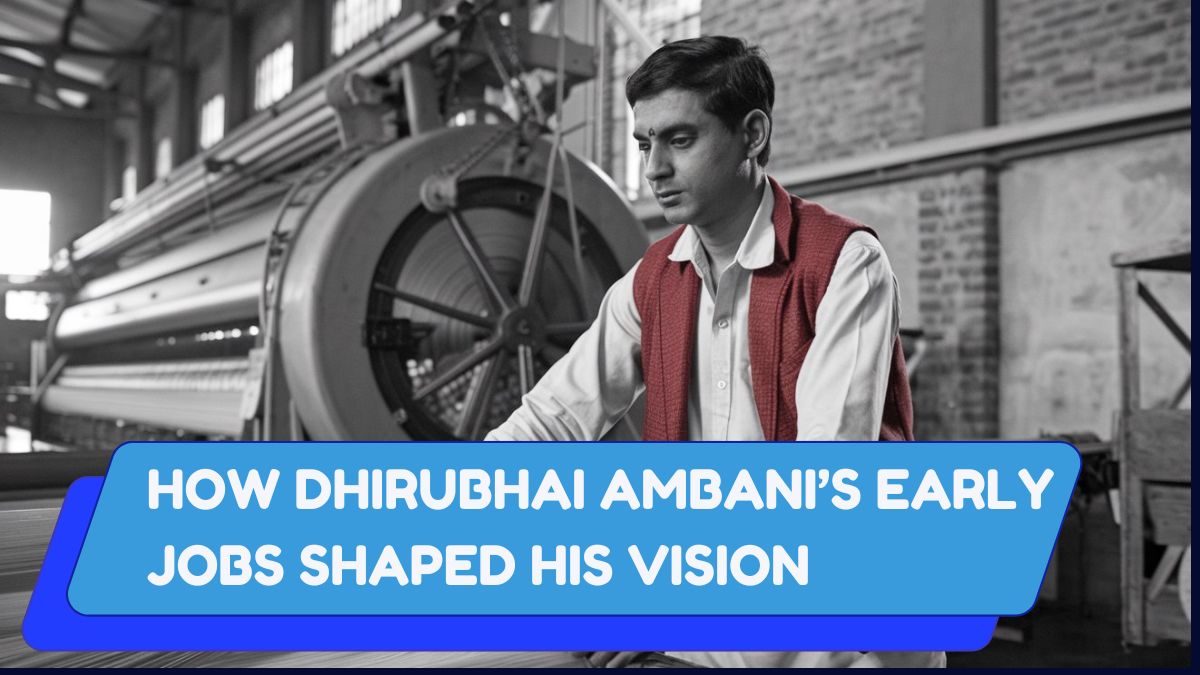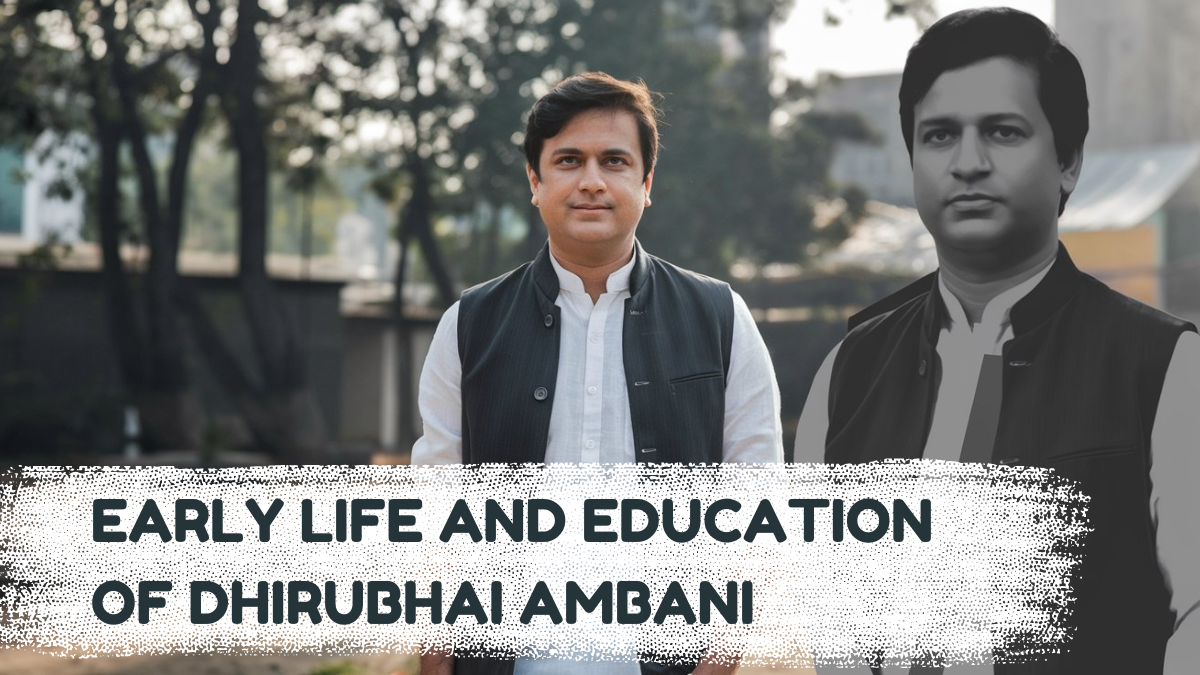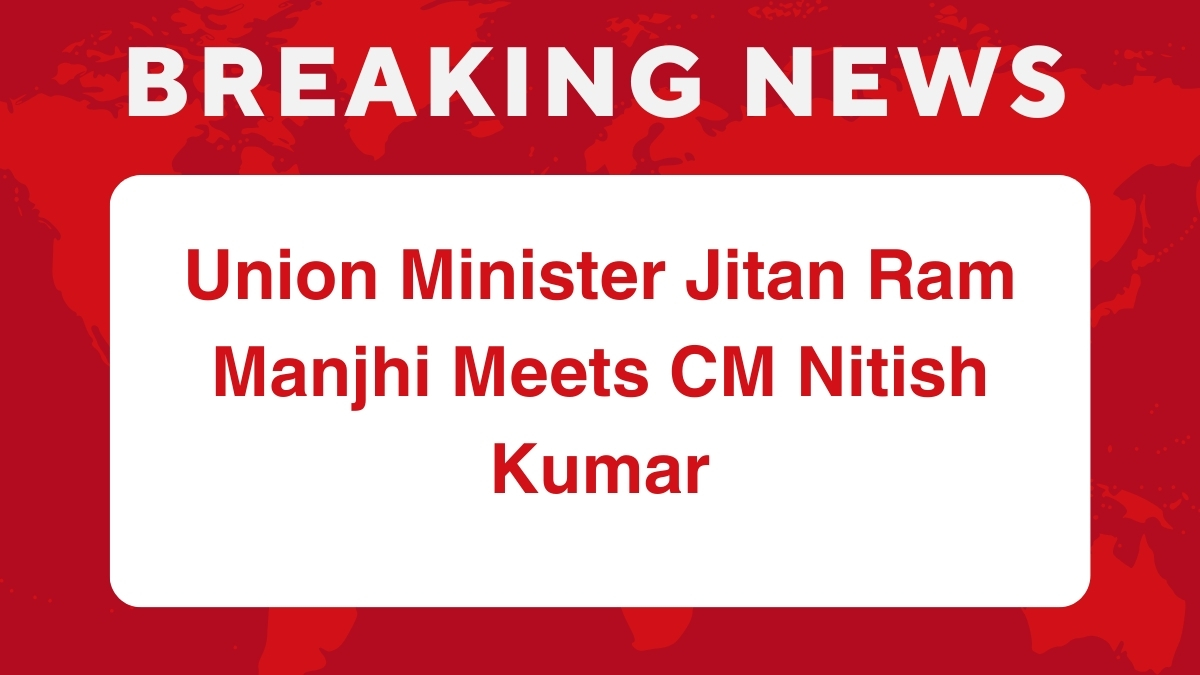Dhirubhai Ambani, the founder of Reliance Industries, is widely regarded as a pioneering force in Indian business. However, his rise to success was far from smooth. His early career was marked by numerous challenges, obstacles, and setbacks, which he overcame through sheer determination, vision, and innovative thinking. Below are some of the key challenges he faced during his early career and how he tackled them. 1. Financial Struggles and a Humble Beginning Dhirubhai Ambani was born in 1932 into a lower-middle-class family in the small village of Chorwad, Gujarat. His father was a schoolteacher with a modest income, and the family faced significant financial difficulties. These early financial struggles greatly impacted Dhirubhai’s life, limiting his educational opportunities and pushing him to start working at a young age. Due to financial constraints, Dhirubhai could not pursue higher education, which posed a serious challenge in a society where formal qualifications were highly valued. Nevertheless, Dhirubhai saw this as an opportunity to learn from the world around him. His early need to contribute financially to the family shaped his work ethic and instilled a sense of responsibility that drove him throughout his career. 2. Lack of Formal Education While many of his contemporaries pursued higher education, Dhirubhai was forced to enter the workforce early due to financial pressures. This lack of formal education could have been a significant disadvantage, particularly when competing in a business world dominated by educated elites. However, Dhirubhai turned this challenge into an advantage. He became a lifelong learner, teaching himself the intricacies of business, finance, and trade by observing, reading, and interacting with others in the field. His time working in Aden exposed him to practical knowledge that was more valuable than formal education. He believed that experience was a better teacher than books, which allowed him to think creatively and approach business in unconventional ways. 3. Early Career in Aden: Cultural and Professional Barriers In 1949, Dhirubhai moved to Aden, Yemen, where he started working as a clerk for A. Besse & Co., a British trading firm. Aden, being a British-controlled port city, had a complex cultural and economic environment. Dhirubhai, as an outsider from India, had to navigate professional barriers in a foreign land, where competition was fierce, and colonial hierarchies were prevalent. He faced difficulties adapting to the local business culture, and as a young clerk, he had limited authority. But Dhirubhai turned these obstacles into learning opportunities. He studied international trade, learned about currency exchange, and grasped the dynamics of supply chains. Instead of being bogged down by these barriers, he used the experience to hone his skills and learn how to navigate both local and global business environments. 4. Breaking into the Indian Business Landscape When Dhirubhai returned to India in the late 1950s, the country’s business landscape was vastly different from today. The Indian economy was heavily regulated, and entrepreneurship was stifled by bureaucratic red tape, government licensing, and import restrictions. Starting a business in this environment was fraught with challenges, particularly for someone like Dhirubhai who lacked established connections and formal education. Dhirubhai’s first venture upon returning to India was a textile trading business. He faced difficulties in securing capital and establishing a reliable supply chain. Additionally, the heavily regulated market was dominated by established business families who were skeptical of newcomers. Dhirubhai, however, was undeterred. He circumvented these obstacles by leveraging his international experience and ability to forge relationships with suppliers and distributors. His willingness to take risks and his innovative approach to navigating the bureaucratic system allowed him to eventually overcome these barriers. 5. Competition with Established Business Houses In India, Dhirubhai entered a business world that was controlled by established industrial houses, often referred to as “business dynasties.” These powerful families dominated the textile industry, and breaking into their stronghold was a significant challenge for a newcomer like Ambani. Reliance, which started as a small textile trading company, faced competition not just from local businesses but also from large, well-established players who controlled distribution channels and market share. Instead of being intimidated, Dhirubhai turned to innovation. He focused on building customer trust and offering quality at competitive prices, particularly through his brand Vimal. To differentiate Reliance from others, he introduced polyester fabrics at a time when they were still new to the Indian market. His vision of popularizing affordable, high-quality fabrics gave Reliance a competitive edge and eventually allowed him to capture a significant share of the textile market. 6. Limited Access to Capital One of the most persistent challenges Dhirubhai faced in his early career was access to capital. In post-independence India, funding opportunities were limited, and banks were hesitant to lend money to new businesses without collateral or established track records. As a first-generation entrepreneur with no family business to back him, Dhirubhai had to find creative ways to finance his ventures. He solved this challenge by tapping into non-traditional sources of funding. Instead of relying solely on banks, Dhirubhai raised money through public investments, which was revolutionary for its time. In 1977, he took Reliance public, becoming one of the first Indian entrepreneurs to effectively harness the stock market as a source of capital. His ability to mobilize small investors helped him raise the necessary funds for Reliance’s growth and expansion. 7. Bureaucratic Red Tape and Licensing Raj India’s economic environment in the 1960s and 1970s was characterized by the “License Raj,” a system of stringent government controls and regulations on businesses. To import goods or expand a business, companies had to navigate a maze of bureaucratic approvals, which often involved long delays and corruption. Dhirubhai faced numerous challenges in getting the necessary licenses and approvals for his business operations. However, instead of being stifled by the system, he learned how to work within it. He built strategic relationships with key government officials and used his negotiation skills to expedite processes. His deep understanding of the regulatory environment allowed him to move swiftly and efficiently, often outmaneuvering his competitors in acquiring licenses. 8. Skepticism … Read more









